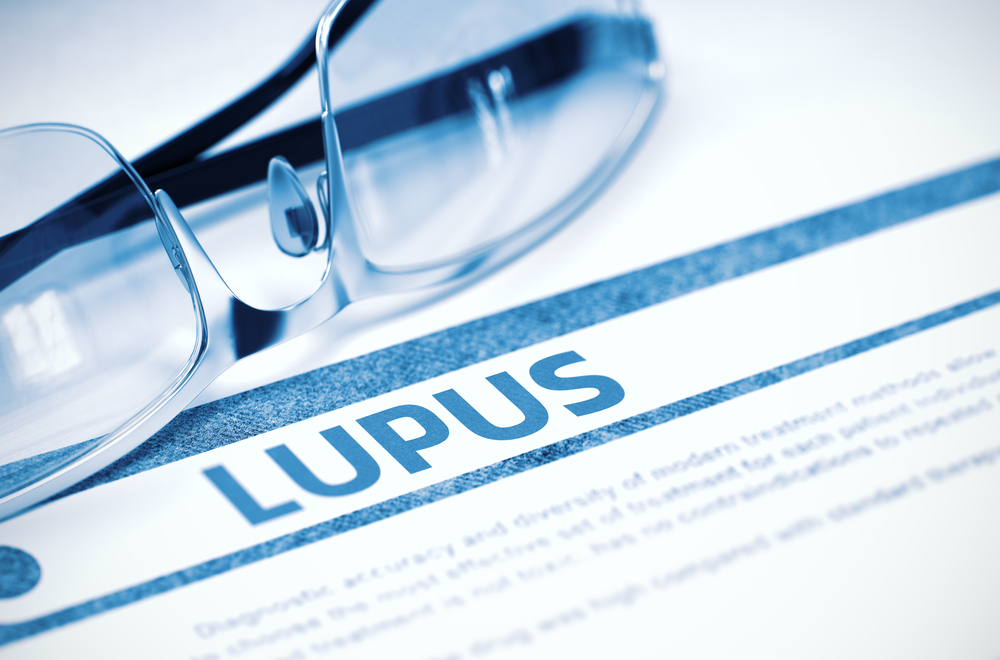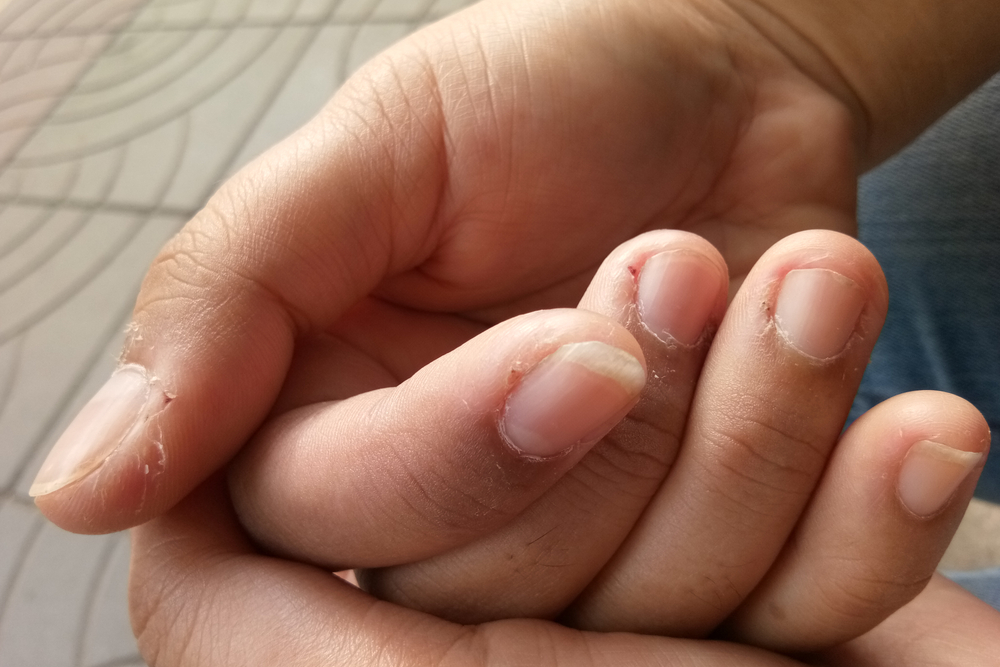- The temporomandibular joint (TMJ) connects the jaw to the skull.
- Temporomandibular Joint Disorder (TMD) is a general term used to describe issues affecting the TMJ and associated muscles.
- Sufferers often experience pain in the face, jaw and neck or experience migraine headaches and stiffness in the jaw or “popping” sensations when they chew.
What is the temporomandibular joint (TMJ)?
Often called the most complex joints in the human body, the temporomandibular joints (TMJs) connect the jaw or “mandible” to the base of the skull. Each TMJ is controlled by four different muscles that work in unison to help us eat, speak, yawn and make facial expressions.
While the body’s simpler “ball”, “pivot” and “hinge” joints each perform just one type of basic movement, the TMJ is capable of three-way movements, including up-and-down, left-and-right and backwards-and-forwards.
With all that complexity it’s no wonder that temporomandibular disorder (i.e. TMJ syndrome or TMD) can often be difficult to diagnose and treat. TMD is a general term that covers a variety of aches and pains associated with the either the mandibular joint itself or the muscles that move the jaw.
What are the symptoms of TMD?
- Headaches and/or ear aches
- “Popping” sensations during jaw movement
- Tenderness around the jaw and neck
- Tooth pain
- Facial Pain
- Stiffness or inability to open the jaw and “facial fatigue”
The symptoms of chronic TMJ pain may eventually go away on their own but in many cases, the pain is long-lasting and requires treatment.
What causes TMJ pain?
Because TMD is an umbrella term used to describe a wide array of issues, there can be many possible causes for TMJ pain. The four most common sources are:
1. Articular disc erosion or displacement
Between the jawbone and the bones of the skull sits a smooth, shock-absorbing disc. Over time, this “articular disc” can get eroded or displaced, causing TMJ pain. This can happen for multiple reasons, including a malocclusion of the jaw from an overbite, underbite or poorly fitted dental fillings, or because of chronic teeth-clenching or grinding.
2. Arthritis
TMJ pain may occur when the firm, slippery tissue that covers the bones of the temporomandibular joint become damaged or inflamed by rheumatoid arthritis.
3. Physical injury
A blow to the jaw can damage or displace the TMJ, leading to temporary or permanent pain.
4. Myofascial pain
This chronic pain in the muscle and connective tissue can occur throughout the body. Constant, excessive tension within the muscles of the jaw can trigger muscle fatigue and myofascial pain.
» Have an overbite? Read Zwivel’s complete guide to surgical and non-surgical overbite correction.
When should you see a doctor?
TMJ pain ranges from mild to severe. If you experience persistent pain or have difficulty opening or fully closing your jaw, you should seek medical attention.
TMJ pain covers a broad range of medical disciplines and can have many possible causes, including neuromuscular, musculoskeletal, orthodontic or rheumatological disorders. Given the cross disciplinary nature of this condition you should consult with a physician, dentist or TMJ specialist if you suspect you may have TMD.
If your doctor determines that you require surgery, you will be referred to a specialist in oral and maxillofacial surgery.
How is TMD diagnosed?
Diagnosing TMD can be difficult as symptoms are often associated with cross-disciplinary conditions. When pain seems to originate in the ears, neck or nose, TMD may not be the first diagnosis that comes to mind.
During a physical examination, your dentist or doctor will check your jaw mobility and determine whether or not you have a malocclusion, such as an overbite or an underbite. If irregular movement or an inhibited range of motion is detected, an X-ray, MRI or a CT-scan may be in order.
In some cases, your doctor may insert a small arthroscopic camera into your joint to gain a clearer picture of the scope of the problem.
How can I treat TMD?
As there are many different types of TMD with varying severities of TMJ pain, treatment is not one-size-fits-all. Treatment options may be non-surgical, surgical, or both.
Non-Surgical Clinical Options
Various orthodontic treatments, such as mouth guards and oral splints can reduce jaw pain and help to correct underbites or overbites without surgery.
Mouth guards generally fall into two categories:
- Stabilization splints cover the teeth and prevent the wearer from biting down or clenching their teeth. These devices can also help prevent habitual teeth grinding during sleep.
- Repositioning splints helps shift the lower jaw further backwards or forwards to correct over- or underbites, which helps reduce jaw pain and clicking or popping sensations in the jaw.
Medications to help alleviate the symptoms of TMD include:
- Over-the-counter pain medication, such as ibuprofen and other NSAIDs. In many cases, your doctor may also prescribe a mild muscle relaxant for a few days to help relax the muscles around the jaw.
- Corticosteroid injections are indicated when TMJ inflammation is to blame as this can help reduce swelling. Steroid joint injections is not a long-term solution to TMD but they may provide short-term improvements in pain and other symptoms.
- Botox has yet to gain FDA approval for TMJ pain but it is growing rapidly in popularity as an off-label treatment. Injections into the muscles surrounding the jaw can reduce teeth clenching, grinding and lockjaw. Botulinum toxin helps inhibit the movement of jaw muscles and many patients report relief from the headaches and jaw pain associated with TMD. As this treatment is still considered experimental, it is not covered by most insurance companies.
Surgical Approaches
Surgical treatments for TMD range from minimally invasive to ones that require hospitalization. Non-invasive treatments, which are favored for TMJ pain, are generally cheaper and have fewer associated risks.
If your doctor recommends a surgical procedure, make sure you understand the risks involved and that you get a second opinion from another maxillofacial surgeon beforehand.
The most common surgical procedures to correct TMJ pain are:
- Arthrocentesis, which involves the removal or addition of fluid from or into the joint using a syringe. This process helps clean the joint and remove the build-up of chemicals related to inflammation. Reducing the amount of fluid surrounding the TMJ also reduces pressure and friction in the affected area. Arthrocentesis is particularly helpful when TMJ pain is related to arthritis.
- Open joint surgery may be recommended in the most serious cases to repair or reposition the TMJ disc and better cushion the joint. If the disc is too badly damaged, the surgeon may remove it entirely and replace it with either an artificial disc or a new disc made from your own tissue. Due to the associated risks, open joint surgery is performed only when less invasive options are not available. Severe cases that warrant this surgery include ones where the jaw develops bony growths that are difficult to remove without fully exposing the joint or when the bones of the jaw are fused together.
- Arthroscopic surgery is minimally-invasive and has a faster recovery time. In this procedure, a small tube called an arthroscope is inserted into the jaw and sends images to a TV monitor, allowing the specialist to perform surgery without needing to make larger incisions. Your surgeon may correct the movement of the jaw by repositioning the articular disc, physically reshaping the jaw bones, or removing scar tissue and cartilage from within the joint.
- Condylotomy is an alternative surgical procedure that involves cutting the mandibular ramus bone of the jaw to create additional intra-articular space within the joint. This minimizes the stress on the joint and reduces pain. As this is a more invasive procedure and carries a higher level of risk, it is typically reserved for patients who have not shown a positive improvement with less invasive procedures.
Home remedies for TMJ pain
Since many of the root causes of TMJ pain are behavioral, including clenching one’s teeth, overworking the jaw or grinding teeth during sleep, the most effective home treatments involve changing lifestyle habits.
The simplest remedy is to avoid foods that require excessive chewing (e.g. steak and chewing gum) and cutting your food into smaller, more bite-sized pieces. Applying hot compresses or ice packs to the side or back of the jaw may also reduce pain and discomfort.
Lastly, your doctor or physical therapist may suggest relaxation techniques to control the muscle tension within your jaw. They may also instruct you to stretch and massage the muscles of your jaw with special exercises. Physical therapy may also help strengthen and stretch the muscles that control the TMJ.









